Overcoming Insulin Resistance in Type 1 Diabetes: Tips for You
Recognize Insulin Resistance
If you live with type 1 diabetes, you might be surprised to learn that insulin resistance can affect you too. Many people associate insulin resistance with prediabetes or type 2 diabetes, but research shows it can also happen in type 1 diabetes (American Diabetes Association). In a nutshell, insulin resistance means your body’s cells have trouble responding to insulin, leading you to need extra insulin just to keep blood glucose in check.
You may already be exploring normal insulin levels or wondering what is a normal insulin level for a woman. Understanding how insulin resistance fits into the big picture is key to managing your health effectively.
Spot The Common Causes
Several factors can trigger insulin resistance in type 1 diabetes, and it’s not always straightforward. According to diabetes experts, these are some possible culprits:
- Puberty. Hormonal changes can make your cells less sensitive to insulin.
- Pregnancy. In the second and third trimesters, you may need higher insulin doses (American Diabetes Association).
- Excess Weight. Can contribute to “double diabetes,” a situation where you have type 1 diabetes plus insulin resistance.
- Certain Medications. Steroids and some other drugs can temporarily boost insulin needs.
- Family History. If type 2 diabetes runs in your family, your risk of insulin resistance may be higher.
Examine The T1D Impact
When your body resists insulin, you might notice that your usual doses no longer keep your blood glucose in your target range. You could experience:
- Frequent high blood sugar readings
- Increased insulin requirements
- Greater risk of weight gain
- Additional cardiovascular or kidney strain over time (Breakthrough T1D)
If you catch signs of insulin resistance early, you and your healthcare team can fine-tune your treatment plan to help avoid complications.

Adjust Your Blood Glucose
Maintaining optimal blood glucose can be tricky when insulin resistance sneaks in. You might need to tweak what’s known as your insulin correction factor, which helps you determine how much insulin to take if your blood sugar is higher than your target. Tracking your insulin usage, monitoring overall trends in your glucose levels, and sharing them with your doctor helps paint a full picture of how well your treatment plan is working.
Try Lifestyle Changes
Lifestyle habits can significantly influence insulin resistance. Creating a plan that fits into your day-to-day life is easier than you might think:
- Get Moving. Regular physical activity improves cells’ sensitivity to insulin. You don’t have to sign up for a marathon, but consistent, moderate exercise can help.
- Keep A Balanced Diet. Look for whole grains, lean protein, fruits, and veggies that support stable blood sugar. Take a peek at mealtime insulin approaches like what is prandial insulin.
- Manage Stress. Chronic stress can affect hormones and blood glucose. Try breathing exercises or mindfulness to dial it down.
- Limit Smoking. Smoking can worsen insulin resistance (Cleveland Clinic).
If you’re curious about how various foods affect insulin, you might explore the insulin index. It offers insight into how certain meals impact your blood sugar response.
Consider Medication Options
So far, no official diabetes guideline specifically backs a separate insulin resistance medication for type 1 diabetes (Breakthrough T1D). But some doctors might prescribe metformin off-label if you have elevated insulin requirements. Research suggests metformin can reduce insulin dose needs, help with weight management, and improve cholesterol numbers (PubMed Central).
Consult Your Healthcare Team
Because everyone’s type 1 diabetes journey looks different, talking openly with your doctor or diabetes educator is key. They can help you:
- Monitor your total daily insulin and spot trends.
- Discuss whether lifestyle changes are working or if new options are needed.
- Adjust your glucose goals, insulin doses, or an insulin correction factor.
- Explore off-label therapies or clinical trial opportunities.
Regular check-ins ensure you’re on the right path to maintain balanced blood glucose levels. By staying proactive, you can nip insulin resistance in the bud before it seriously disrupts your day-to-day routine.
Insulin resistance in type 1 diabetes may feel like an extra wrinkle in an already complex health condition. But by spotting common causes, tweaking your lifestyle, and partnering with a knowledgeable healthcare team, you can minimize the impact on your life. Have a question or a personal tip on managing insulin resistance? Feel free to share what’s worked for you and keep the conversation going here.
Image Credit
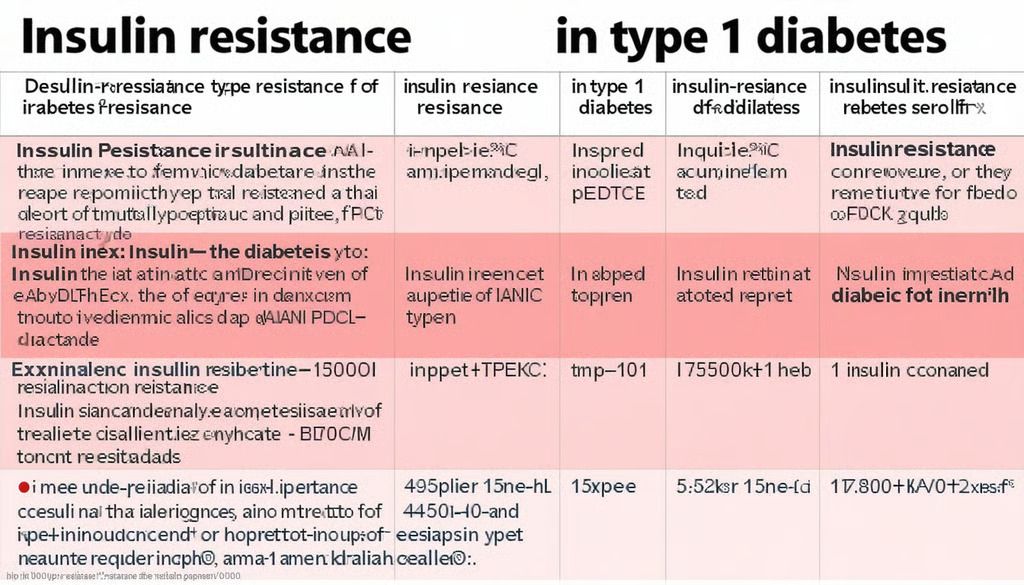
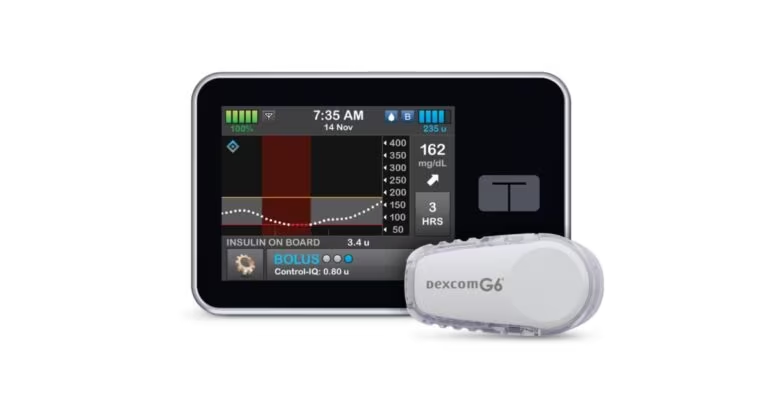

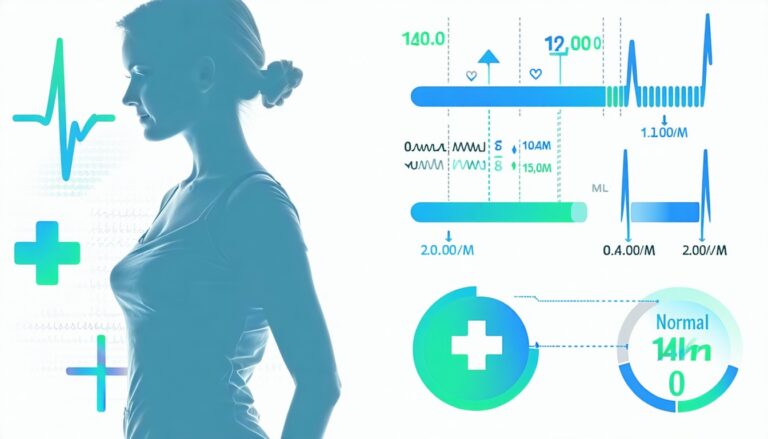
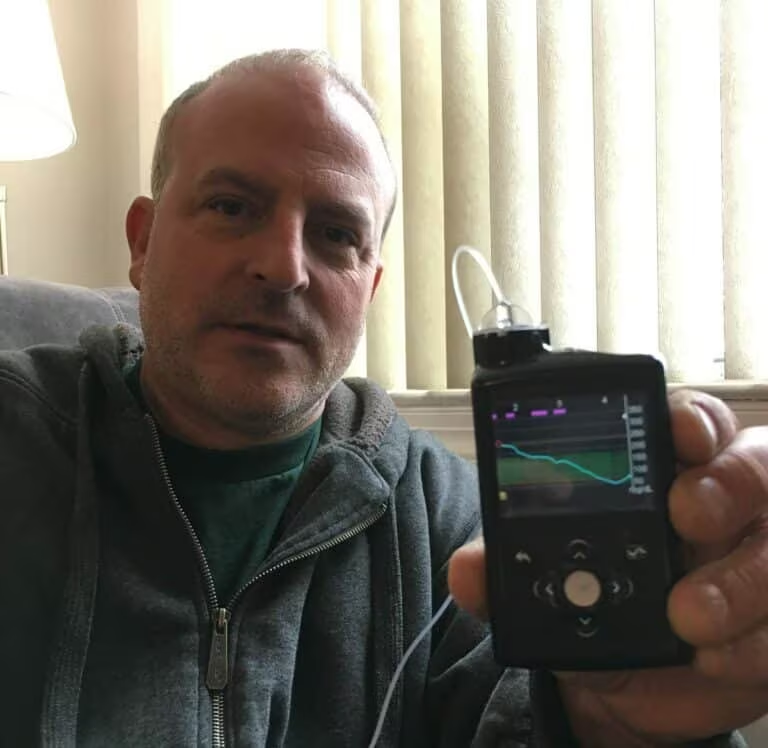

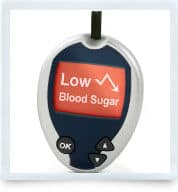
Leave a Reply